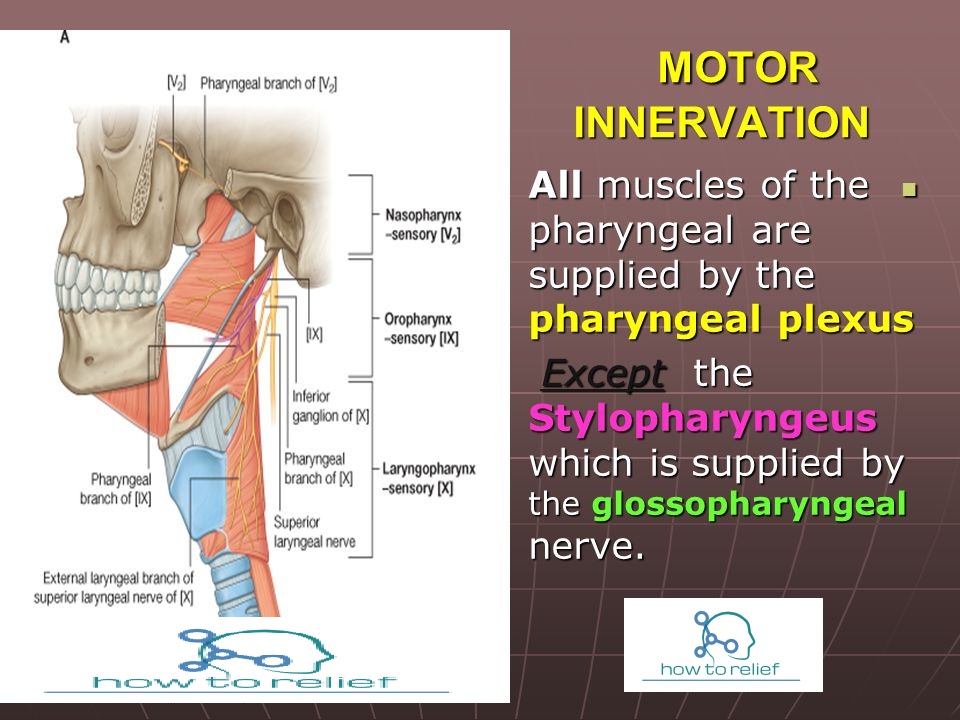

Botox or a Cricopharyngeal myotomy are used to treat the condition. In extreme cases, this can be related to Retrograde Cricopharyngeus Dysfunction (R-CPD) which causes the inability to burp, this is in part due to the muscle not being able to relax. Motor incoordination of the cricopharyngeal part can cause difficulty swallowing. Food or other materials may reside here, which may lead to infection.

A diverticulum can form where a balloon of mucosa becomes trapped outside the pharyngeal boundaries. Zenker's diverticulum develops between the two muscular bellies (the thyropharyngeal part and the cricopharyngeal part) in a small gap called Killian's dehiscence. Uncoordinated muscle contraction, cricopharyngeal spasm, or impaired relaxation of the inferior pharyngeal constrictor muscle are currently considered the main factors in development of a Zenker's diverticulum. Clinical significance Zenker's diverticulum It helps to keep the pharynx open, particularly during sleep. The inferior pharyngeal constrictor muscle is partially used during breathing and speech. During swallowing, they contract and cause peristalsis in the pharynx. The inferior pharyngeal constrictor muscle, along with the other constrictors, contract upon the bolus, and convey it downward into the esophagus. Swallowing Īs soon as a bolus of food is received in the pharynx, elevator muscles relax, and the pharynx descends. The inferior pharyngeal constrictor muscle has a broad role in moving the lower part of the pharynx. This is similar to the superior pharyngeal constrictor muscle and the middle pharyngeal constrictor muscle. The inferior pharyngeal constrictor muscle is supplied by branches from the pharyngeal plexus, and the recurrent laryngeal nerve. It is sometimes referred to as the cricopharyngeal inlet. The cricopharyngeal part is synonymous with the upper esophageal sphincter (UES), which controls the opening of the cervical esophagus. The inferior fibers are horizontal and continuous with the circular fibers of the esophagus the rest ascend, increasing in obliquity, and overlap the middle pharyngeal constrictor muscle. The thyropharyngeal part mainly uses type 2 fibres (anaerobic), while the cricopharyngeal part mainly uses type 1 fibres (aerobic).


 0 kommentar(er)
0 kommentar(er)
